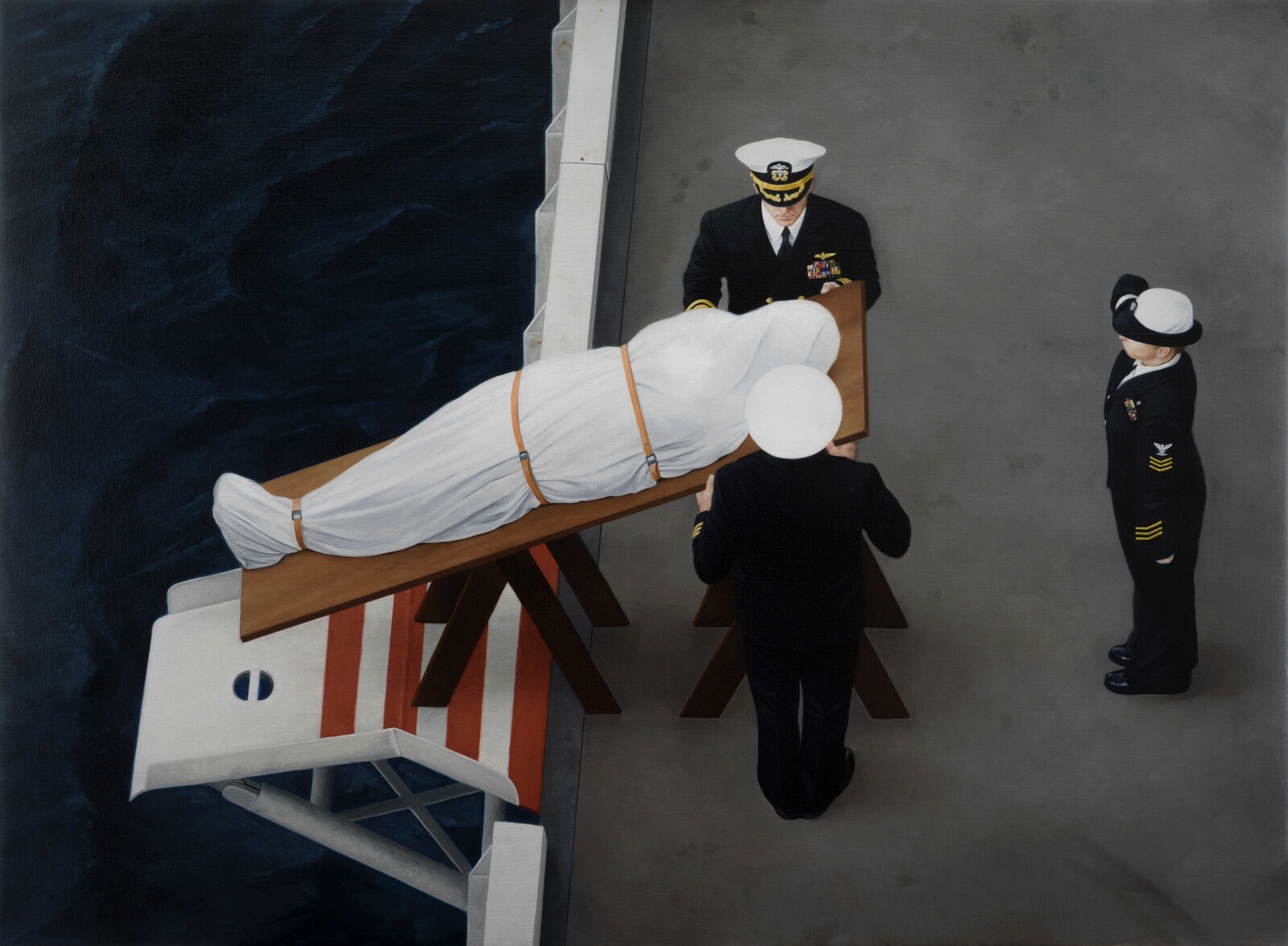April 28–June 9, 2016
Herengracht 401
1017 BP Amsterdam
The Netherlands
Hours: Monday–Friday 12–6pm
mail@castrumperegrini.nl
Artists: Nedko Solakov, Enrique Marty, Pablo Helguera, Jeanne Susplugas, Harald de Bree, Shepard Fairey, Pedro Barbeito, Nicola Verlato, Miguel Aguirre, Marc Bijl, Alejandro Quiroga, Johan Wahlstrom, Kepa Garraza, Mariana Najmanovich, Ronald Ophuis, Eugenio Merino, Antonio Cortés Rolón, Jorge García, Carlos T-Mori, Armando Mariño, Gabriel Escalante, Prem Sarjo, Pedro Tyler, Ben Dean, Roy Villevoye
Curator: Paco Barragán
Castrum Peregrini is a respected institution in Amsterdam with an interdisciplinary focus that used to be a safe house during WWII, where art and friendship played a crucial role to survive.
Within the cycle Memory Machine—a current series of exhibitions, debates, performances & publications on cultural memory & identity—guest curator Paco Barragán has conceived a challenging exhibition around the concept of “credibility” departing from the still enigmatic death of Osama bin Laden.
The death of Osama bin Laden was announced on television on the night of Sunday, May 1, 2012 at 11:30pm (ECT). President Barack Obama addressed the nation from the East Wing of the White House.
To date, we have not seen the “corpus delicti,” just an image of Obama and his team in the White House’s Situation Room staring off camera while the operation unfolds—we later found out it was not even a live feed.
Is it important that Obama and the Government of the United States disclose images of bin Laden’s corpse? Is the President’s verbal description of the burial and death of bin Laden enough? Is it lawful that, for the purpose of combatting terrorism, our governments treat citizens as if they were potential terrorists and spy on their communications without their consent?
Read my Lips! The True Story Behind the Representation of the Death of Osama bin Laden is an international group show with an interdisciplinary approach that sets out to give answer to these questions by analyzing diverse visual texts, with different levels of iconicity, discursivity and credibility.
The exhibition as such is divided in three sections. The show is complemented with a timeline containing the most significant events in the Middle East between 1900 and 2016.
I The Situation Room—The Reenactment of a Fiction
This section is devoted to the reenactment of the death of Osama bin Laden (OBL). It basically deals with “credibility” as substitute for traditional modernists concepts like “truth,” “reality” and “veracity.”
We explore here not only some of the iconic images that have constructed the myth—The Situation Room, President Obama’s Speech on May 1, 2011—but also Obama’s Nobel Prize speech and the idea of a “just war” against the backdrop of an illegitimate, ruthless and borderless “war on terror” staged by President Bush’s fiction of the existence of weapons of mass destruction in Iraq.
President Obama asked us to believe, but in the absence of proof—a photo or footage—of bin Laden’s dead body, the artists gathered here stage their own fictions: from the moment OBL is dropped into the sea in a bag from the deck of a naval ship to OBL selling souvenirs of the Twin Towers in the afterlife.
II The Abbottabad Compound—The Reconstruction of the Fiction
This section allows us to delve into Osama bin Laden’s personality and his ideas through a selection of his writings, accompanied with a timeline showcasing some major defining moments of his life. We have also recreated part of Osama bin Laden’s library by way of a selection of publications in English released by the Office of the Director of National Intelligence (ODNI).
Finally, we have selected of broad scope of articles and essays from international journalists and scholars ranging from the 1980s till recently that will help us understand how most terrorist groups like the Muslim Brotherhood, al-Qaeda, ISIS/ISIL, the Taliban, Boko Haram, et al have been trained, financed and armed by UK, USA, NATO, Saudi Arabia, Pakistan and Israel in their “arch of crisis policy”: the re-drawing of a new Middle East through the disintegration of the nation-states by chaos and wars triggered by “Islamic fundamentalism.”
III Zero Dark Thirty—The Fiction of the Fiction
In this part we will analyze the famous award-winning movie Zero Dark Thirty by British filmmaker Kathryn Bigelow.
The reason for dedicating a section to a movie is that, in today’s society, human beings no longer share politics or religion but just (pop) culture. Secondly, because this will be the official version of what happened to OBL for people to come, and not one proceeding from a documentary or a history book.
According to the creators, the film is based on true events, so it has a claim of truth from the very start. The problem now is that Bigelow sets to publicize the false idea that torture made the finding of bin Laden possible. But we know by now that it did not happen that way, as Senator Diane Feinstein, the Chairman of the Senate Intelligence Committee report on CIA torture affirmed.
The exhibition aims to provide a wider understanding of the wars and conflicts in the Middle East through timelines, articles, photographs, documents and other related material.
Truth has ceased to be an image in order to become a dogma of faith. Or said in other words: if modernity was about telling the truth, contemporaneity is about telling a good lie.


